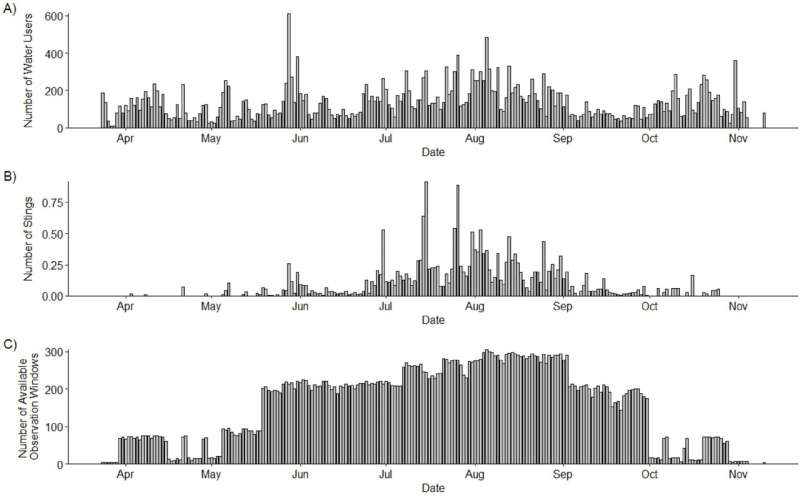Weever fish are notorious for their painful stings, but did you know they can also provide scientists with valuable insights into coastal fish populations? A new study from the University of Plymouth has used records of weever stings to investigate how fish populations vary over time and space, in relation to environmental conditions. This fascinating research sheds light on the resilience of weever fish and their adaptation to a wide range of beach environments. Weever fish are a fascinating subject, while coastal ecosystems play a crucial role in our planet’s health.

Uncovering Coastal Fish Patterns
The study, led by researchers from the University of Plymouth, focused on a unique approach to understanding coastal fish populations. By analyzing records of weever fish stings reported by RNLI lifeguards across 77 beaches in Somerset, Devon, and Cornwall, the scientists were able to gain unprecedented insights into the behavior and distribution of these marine creatures.
The researchers found that the vast majority of weever stings, a staggering 89%, occurred during the peak summer months of June, July, and August. This aligns with the times when beachgoers are most likely to encounter these fish, as they tend to be more active in the shallows during sunny, calm afternoons at low tide. The study also revealed that weever stings were reported across a wide range of beach environments, suggesting that these fish are well-adapted to thrive in diverse coastal habitats.
Citizen Scientists Reveal Detailed Patterns
The study’s findings were made possible thanks to the diligent work of RNLI lifeguards, who acted as ‘citizen scientists’ by compiling detailed records of beachgoer activity and weever fish stings over the course of almost eight months. During this period, the lifeguards observed more than 5.5 million people across the 77 beaches, providing the researchers with a wealth of data to analyze.
By correlating the sting reports with environmental factors such as tide levels and weather conditions, the scientists were able to uncover intricate patterns in the weever fish’s behavior and distribution. This innovative approach highlights the invaluable contributions that citizen scientists can make to our understanding of coastal ecosystems and the diverse species that inhabit them.
Resilience and Adaptation of Weever Fish
One of the most intriguing findings from the study is the apparent resilience and adaptability of weever fish. Despite the wide range of beach environments included in the research, the scientists found that weever stings were reported at similar levels across all 77 beaches. This suggests that these fish are well-suited to thrive in a variety of coastal settings, from sandy shores to rocky outcrops.
The researchers believe that this resilience may be a key factor in the weever fish’s ability to adapt to climate-related changes in beach states. As our coastlines continue to evolve due to the impacts of climate change, understanding the adaptability of species like the weever fish will be crucial for monitoring and protecting these vital ecosystems. This study offers a unique and valuable perspective on the complex relationships between marine life and their ever-changing coastal habitats.
